
Cropthorne is a village and civil parish in Worcestershire, England within the Vale of Evesham, and on the North-west edge of the Cotswolds. It is approximately 13 miles (21 km) southeast of Worcester, 19 miles (31 km) north of Cheltenham, and 18 miles (29 km) southwest of Stratford-upon-Avon. Cropthorne has a population of 603, in 237 households. Located on a small ridge overlooking the River Avon, its ancient orchards sweep down to the river and offer clear, unbroken views across the vale to the Malvern Hills in the distance. It is featured in the Domesday Book, and St Michael's Church dates back to the 12th century. The church is a Grade I listed building. The village has many unique examples of timber-framed thatched cottages from the 16th and 17th centuries, and about half the village is designated as a Conservation area. The village has a Site of Special Scientific Interest, Cropthorne New Inn Section.

Bramerton Pits is a 0.7-hectare (1.7-acre) geological Site of Special Scientific Interest north of the village of Bramerton in Norfolk on the southern banks of the River Yare. It is a Geological Conservation Review site.

Hornchurch Cutting is an 0.8-hectare geological Site of Special Scientific Interest in Hornchurch in the London Borough of Havering. It is also a Geological Conservation Review site.

Downfield Pit is a 3.6 hectare geological Site of Special Scientific Interest near Ware in Hertfordshire. It is in the Geological Conservation Review in the Thames Pleistocene section, and the local planning authority is East Hertfordshire District Council.

Globe Pit is a 0.4 hectare geological Site of Special Scientific Interest in Little Thurrock in Essex. It is a Geological Conservation Review site.

Purfleet Chalk Pits is a 10.7 hectare geological Site of Special Scientific Interest in Purfleet in Essex. It is a Geological Conservation Review site.
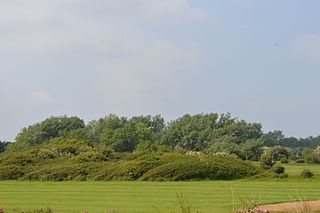
Clacton Cliffs and Foreshore is a 26.1 hectare geological Site of Special Scientific Interest in Clacton-on-Sea in Essex. It is a Geological Conservation Review site.
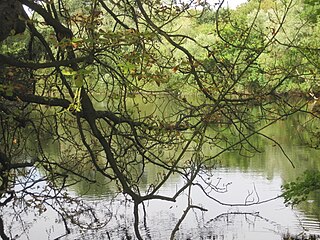
Barrington Pit is a 3.8 hectare geological Site of Special Scientific Interest near Barrington in Cambridgeshire. It is a Geological Conservation Review site.
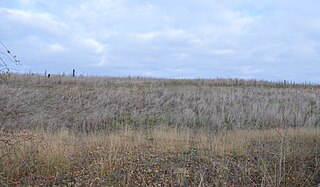
Warboys Clay Pit is a 12.6 hectare geological Site of Special Scientific Interest west of Warboys in Cambridgeshire. It is a Geological Conservation Review site.
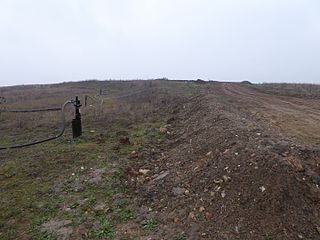
Cowthick Quarry is a 1.4 hectare geological Site of Special Scientific Interest east of Corby in Northamptonshire.
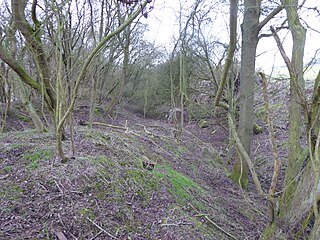
Thrapston Station Quarry is a 4.5 hectare geological Site of Special Scientific Interest south of Thrapston in Northamptonshire. It is a Geological Conservation Review site. It was formerly called the Thrapston Midland Railway Station Quarry.

Bawdsey Cliff is a 17.4 hectare geological Site of Special Scientific Interest north-east of Felixstowe in Suffolk. It is a Geological Conservation Review site, and is in the Suffolk Coast and Heaths Area of Outstanding Natural Beauty.

Stoke Tunnel Cutting, Ipswich is a 2.2 hectare geological Site of Special Scientific Interest in Ipswich in Suffolk. It is a Geological Conservation Review site.
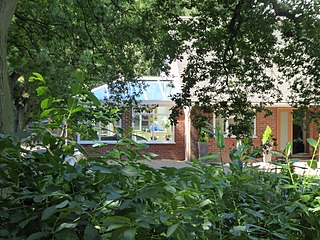
Hoxne Brick Pit is a 1.3 hectare geological Site of Special Scientific Interest in Hoxne in Suffolk, England. It is a Geological Conservation Review site.

Bobbitshole is a 1.7 hectare geological Site of Special Scientific Interest in Belstead, on the southern outskirts of Ipswich in Suffolk. It is a Geological Conservation Review site.

Bradgate Park and Cropston Reservoir is a 399.7 hectare geological Site of Special Scientific Interest north–west of Leicester. It is also a Nature Conservation Review site, and Bradgate Park contains Geological Conservation Review sites and a Scheduled Monument.

Wing Water Treatment Works is a 1.5 hectare geological Site of Special Scientific Interest east of Wing in Rutland. It is a Geological Conservation Review site.

Overstrand Cliffs is a 57.8-hectare (143-acre) biological and geological Site of Special Scientific Interest in Cromer in Norfolk. It is a Special Area of Conservation and part of it is a Geological Conservation Review site.

Ardley Cutting and Quarry is a 40.1-hectare (99-acre) biological and geological Site of Special Scientific Interest north-west of Bicester in Oxfordshire. It is a Geological Conservation Review site and an area of 11 hectares is managed by the Berkshire, Buckinghamshire and Oxfordshire Wildlife Trust as Ardley Wood Quarry. The site contains a Scheduled Monument, Ardley Wood moated ringwork, a Norman defended enclosure.



















